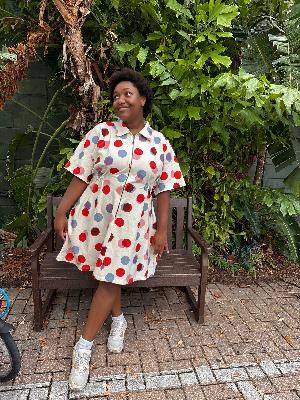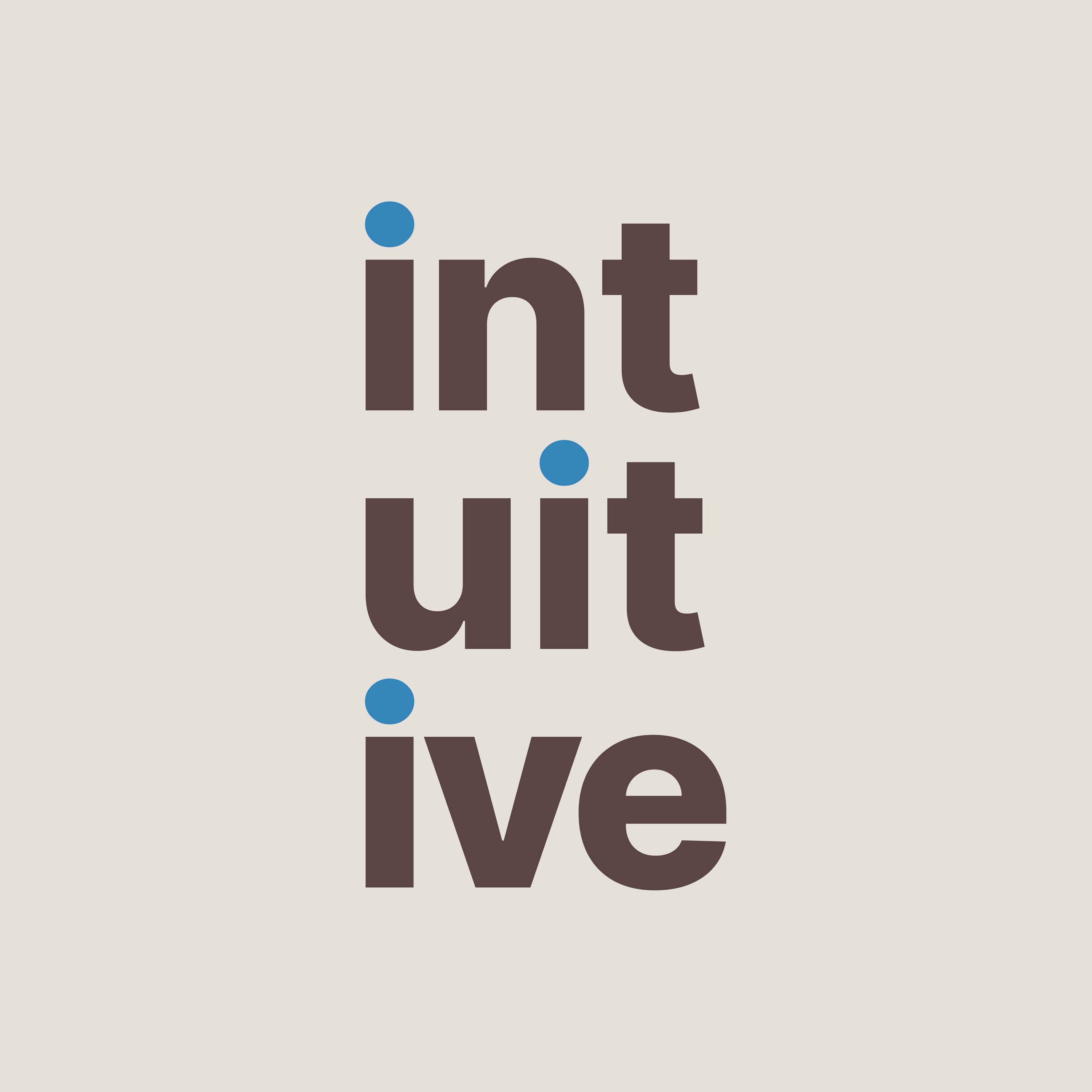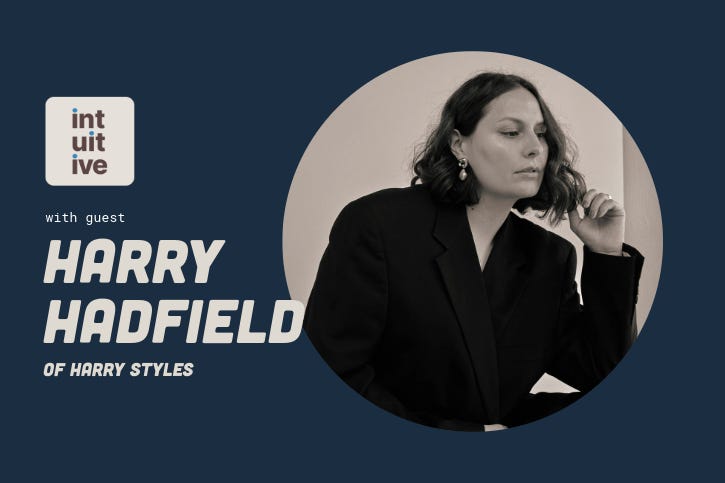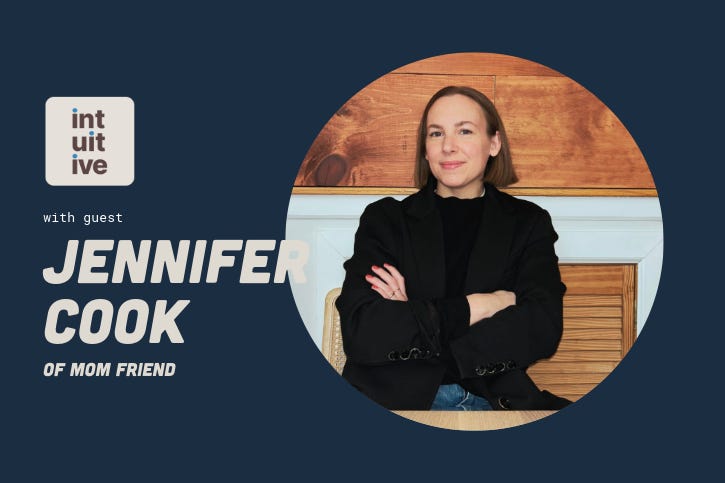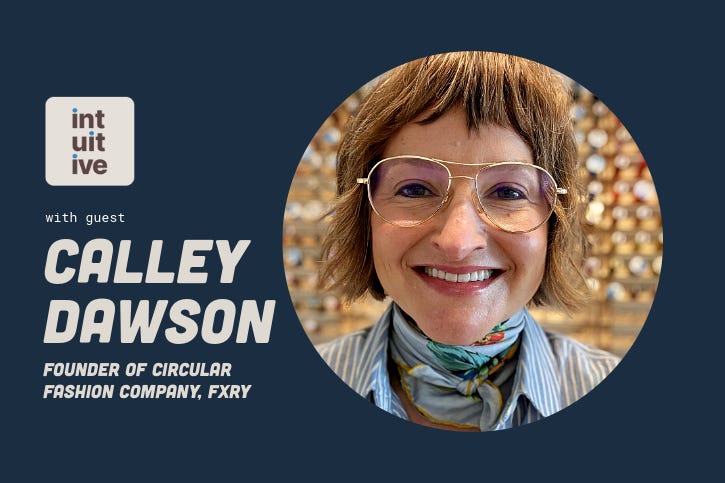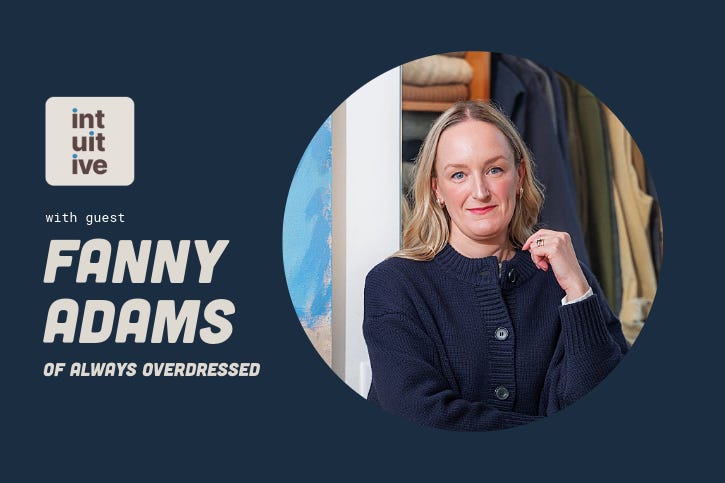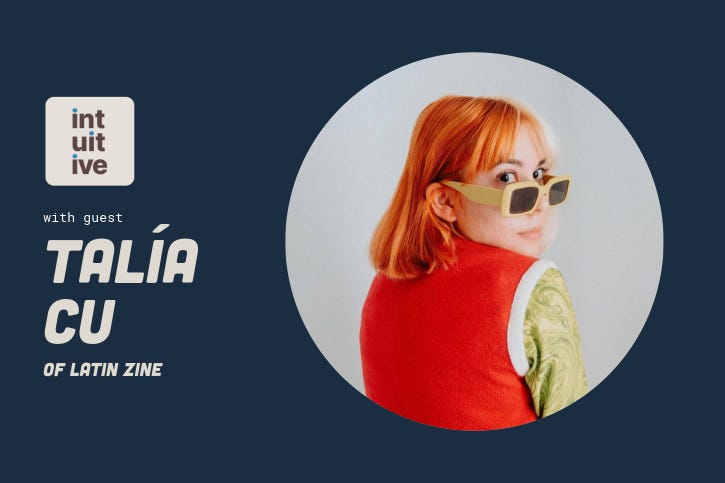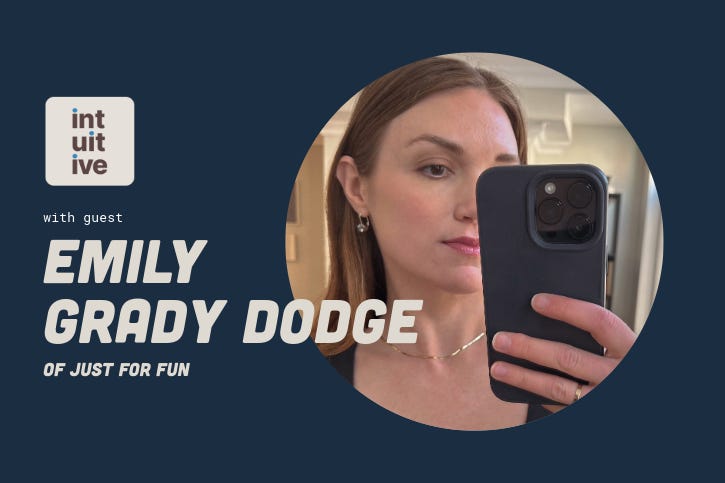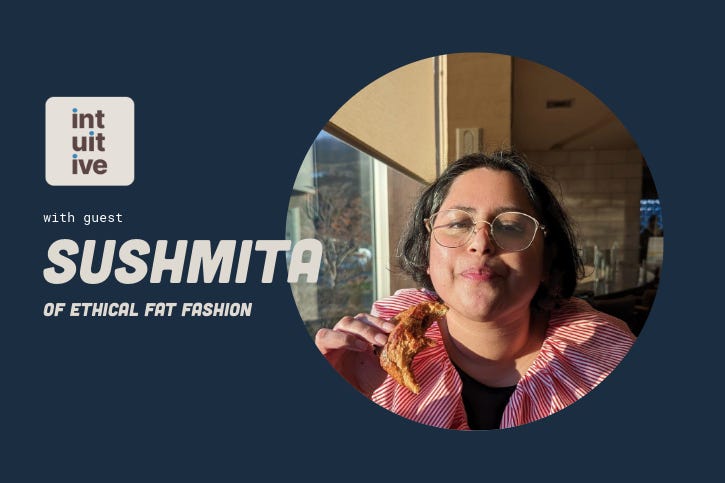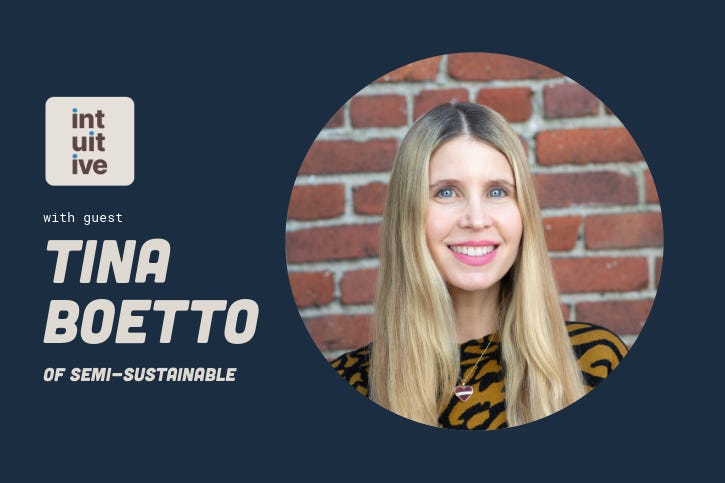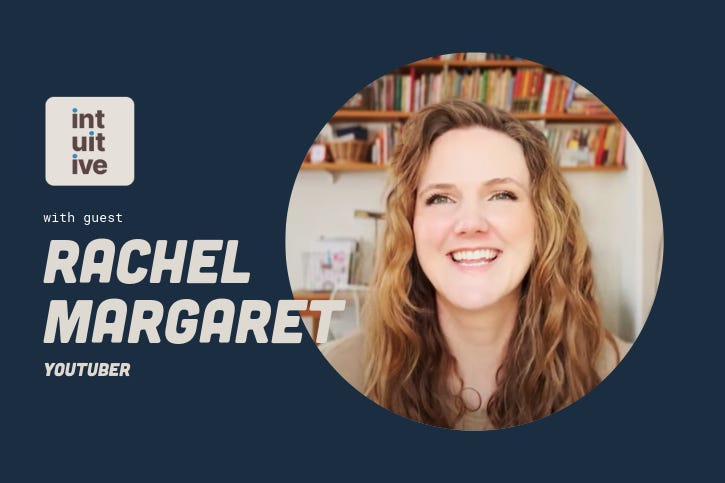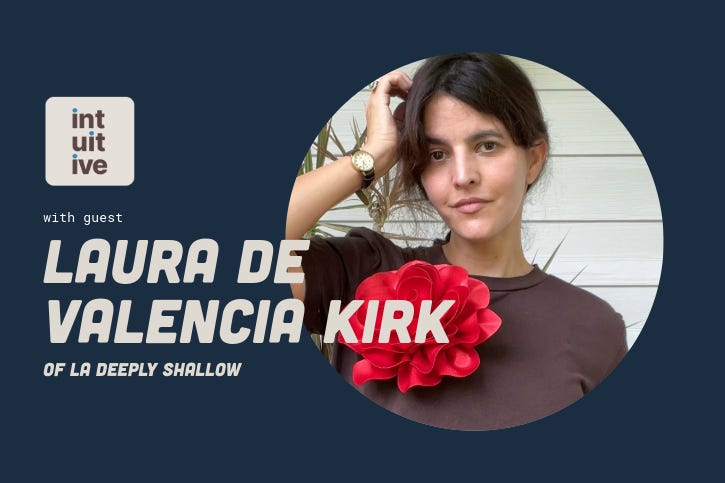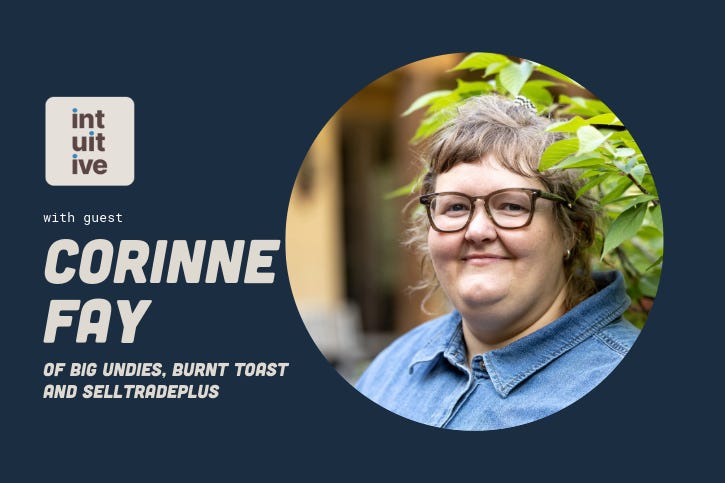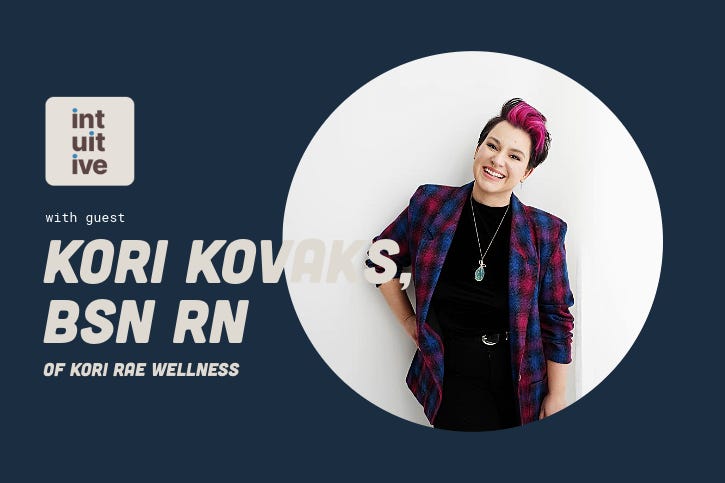Episode 22. Who gets to be a tastemaker, with Ofelia of All the Above
Description
We’re in the middle of season two and there’s so much good yet to come! Upcoming episodes include fellow writers Lee Alisha, Traci Landy, and Anika Krueger— I cannot wait for you to hear them!
Make sure you’re subscribed so you get notified when upcoming episodes drop, and consider sharing with someone you think would enjoy the show!
Today’s episode features tastemaker, Parisian style enthusiast, film photographer, and all-around cool girl (who’s also really kind) OFELIA. We get into the differences between film and fashion, what it means to be a tastemaker, how dressing in Paris is different from dressing in Austin, and more. Enjoy!
Episode Transcript
This transcript has been edited for clarity.
Welcome
You’re listening to Intuitive Style, where we believe that everyone has style. I’m Maureen McLennon Welton. In conversation with fantastic guests, we explore how to tap into our style intuition so that we can dress authentically and live fully.
Today’s guest is OFELIA, writer of All The Above on Substack. She has a discerning eye for fashion, film photography, and vibes. You’ve probably come across her What’s Everyone Wearing in Paris series, or my personal favorite, Outfits Inspired by Film, featuring her original images. Best of all, she’s a self-proclaimed outfit repeater and looks great while doing it. Ofelia, welcome to the show.
Ofelia: Thank you so much for having me. I’m so excited to be here.
Maureen: One of the key themes of All the Above is about your experience living in Paris, being from the U.S. originally. I’d love to hear how your style has changed between living in the U.S. and in Paris. How has the change of scenery impacted your style?
Ofelia: Yeah, definitely. It’s changed quite a bit, I would say. For some additional context, I moved from Austin, Texas, where there’s maybe like two seasons—or one giant season and a couple months of mild winter. I didn’t really have to account for a lot of fluctuation. I mostly had to account for a lot of heat living in Austin.
Moving to Paris, I now have to account for actually living in four different seasons, and even within a single season there’s a lot of fluctuation. I’ve had to get really good at layering, and I also have to account for how hot I’m going to get while walking places—which is something I hadn’t really had to think about before because I was driving everywhere and not moving as much.
So now I start by opening the window every day and sticking my hand out to get a feel for the baseline temperature, then I either add or take off layers based on that. So, in terms of how much I’m wearing, it’s changed quite a bit.
Maureen: That’s so interesting because, you know, I would think that the key change would be like, “I dress more fabulously now.” And I think you’d probably say that’s the case—but so much of what I just heard in that answer is about very practical changes. You’re more exposed to the elements, you’re walking more.
It’s really interesting to talk about car culture and how that affects what we wear versus public transport culture. For me, I live in a car place right now in the Bay Area. And that means that, for example, when I was in Seattle recently, I wore Birkenstocks everywhere because the whole point was walking. But in the Bay Area, depending on what you’re doing, you’re just driving up to a restaurant. It’s really different.
How do you find ways to be creative with that practical requirement versus just defaulting to what’s most convenient? Is there tension there at all?
Ofelia: I think it really depends on the outdoor elements. One of my biggest struggles is the rain. I don’t have a solid rain shoe, and it’s actually really interesting—when we moved in December last year, I didn’t realize how rainy January and winter in general would be. It rained a lot.
At the time, I only had a few pairs of shoes, and the ones I wore most were suede tennis shoes—not great for rain. So now, as we’re approaching that season again, I’m thinking, “Okay, I really need to get a rain shoe figured out.” I could wear tennis shoes, but my feet would get soaked. I still remember the feeling of my toes being wet outside!
So yes, there is tension—but it’s mostly between utility and aesthetics. Like, how is this going to be cute while still functional?
It’s interesting, though, because when we talk about comfort, I think that changes from person to person, but also within the same person from place to place.
Before the pandemic, I would wear leggings, a sweater, and tennis shoes—that sounded comfortable to me. But in Paris, that’s frowned upon. I don’t really wear leggings outside of working out anymore.
Now, when I think of comfort, I think, okay, I’m dressing down, but I’m still wearing jeans. Depending on the season, that might mean a flowy blouse or, like today, a sweater layered over a t-shirt.
This morning I was wearing loafers, but I had to run an errand and changed into tennis shoes. The tension is still there, but I kind of balance it out throughout the day—appeasing one side of my brain at a time. Sometimes I’ll think, “My toes need a break,” so I’ll wear tennis shoes today so I can wear cute flats tomorrow.
Maureen: Yeah, and maybe this is encouragement—but I’d love if you wrote a post about what Parisians wear in the rain! The Bay Area is surprisingly rainy—we really only have two seasons, the wet and the dry. When it rains, it pours. I’ve been trying to figure out my own rain situation, so very selfishly, I’d love a post on that.
Ofelia: On it. I think I have more mental capacity this year to do it versus last year.
Maureen: I have a bit of an ephemeral question, but I’m hoping you’ll go there with me. I’d love to talk about the intersection between your film photography and your interest in personal style. How do those two relate to you? And how do they differ?
Ofelia: I think that’s actually a really interesting question. I think they both exist on a spectrum, and I’d say they’re quite similar in a few senses.
Film photography has so many ranges within it, right? I’m not sure how familiar you are with film cameras, but you can buy a point-and-shoot, a disposable, or you can get really technical and buy manual cameras where you’re adjusting every tiny thing.
And I think when we also think about style, it’s similar. We can hop on the trends and say, “I like that, I like that,” and that’s totally valid and fine. Or we can really discern what we actually like—what makes us feel interested or alive, what gives us that fun spark inside.
For me, film photography does that—it gives me that same sense of discovery and play. So when I compare both mediums, they’re on the same spectrum. One is often more expensive and technical, while the other can be looser and more forgiving.
Maureen: And which one feels more technical for you personally?
Ofelia: For me, film photography is more technical.
In terms of style, I guess let me backtrack a little. I didn’t really start thinking about how I was getting dressed until post-pandemic, which is interesting because that’s also when I started getting into film photography—around the same time.
A while back, I wrote an article about what I called the Five Hierarchies of Fashion. At the very base level, you just need something to wear. Once that need is satisfied, you might start asking, “Do I actually like what I’m wearing?”
Then, after that, you start thinking about the fabrics—how they feel on your body, how long they last. Once you’ve figured that out, maybe you start asking about sustainability practices.
So, to me, I’ve reached a certain level of technicality within fashion. But compared to others, I’m not extremely technical yet—like when it comes to proportions or sleeve cuts, I’m still learning.
So in that sense, film photography feels more technical for me because I dove deep into that world much more rapidly. But the technicality in fashion absolutely exists—it just depends on what people are interested in at a given moment. And those interests can shift drastically over the years.
Maureen: I’d love your perspective on that “ramp up” between the two. From my point of view, clothing technicality feels extremely high-effort and high-resource to climb, in terms of that hierarchy you mentioned. How do you feel the two compare? Does one have a higher barrier to entry than the other? Or does it just depend on your level of interest?
Ofelia: I think it depends on your level of interest.
You could very easily start flirting with film photography by picking up a point-and-shoot camera—it’s a little more advanced than a disposable, but maybe it has a zoom lens or lets you turn the flash on and off. That kind of gets you in the mindset of thinking, Okay, I

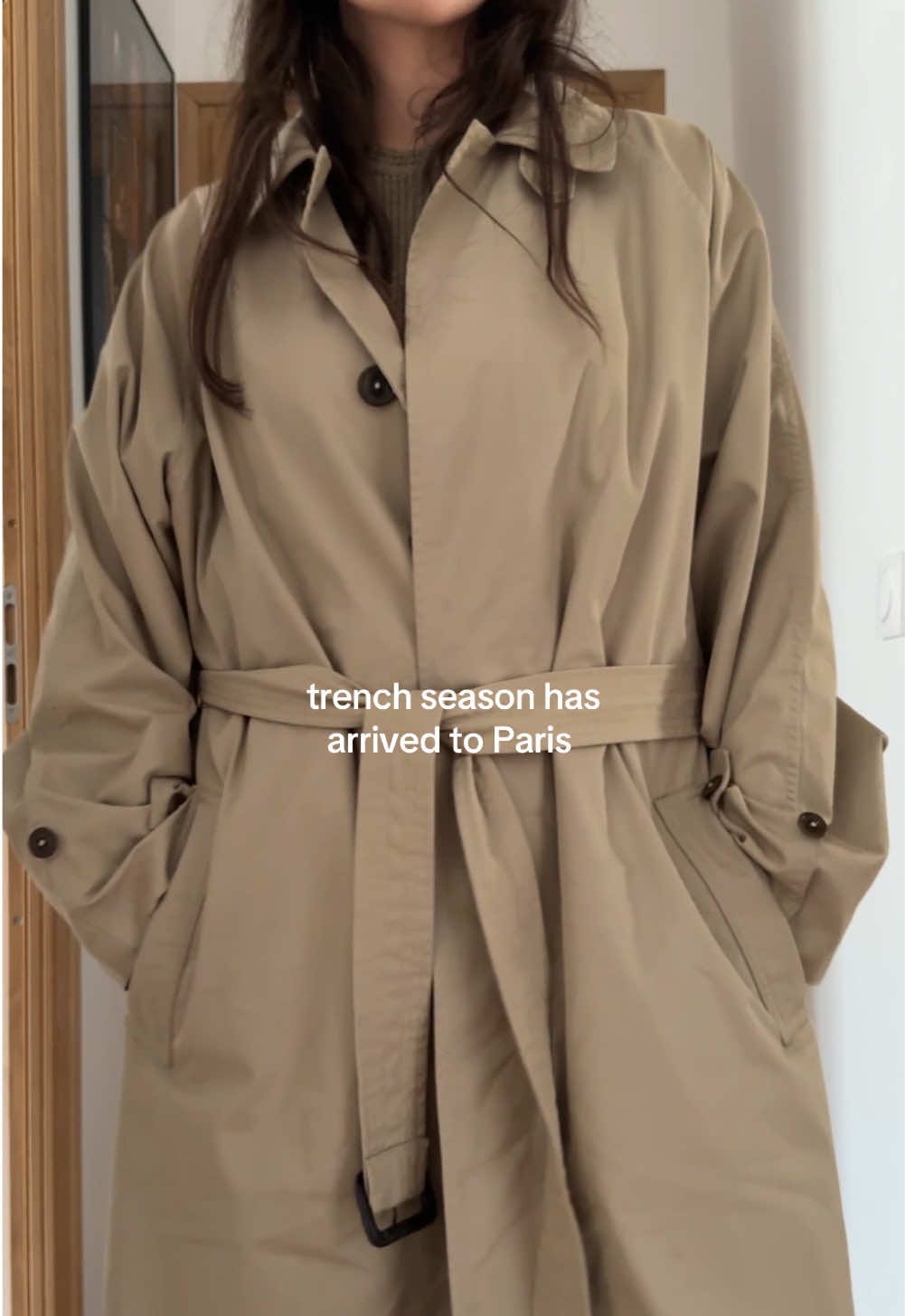
![Episode 24. Rambling in [Intuitive] Style, with Traci Landy Episode 24. Rambling in [Intuitive] Style, with Traci Landy](https://substackcdn.com/feed/podcast/2669400/post/177614968/9bbc5a3f73fab5e46b0a064fb5bff6b4.jpg)
